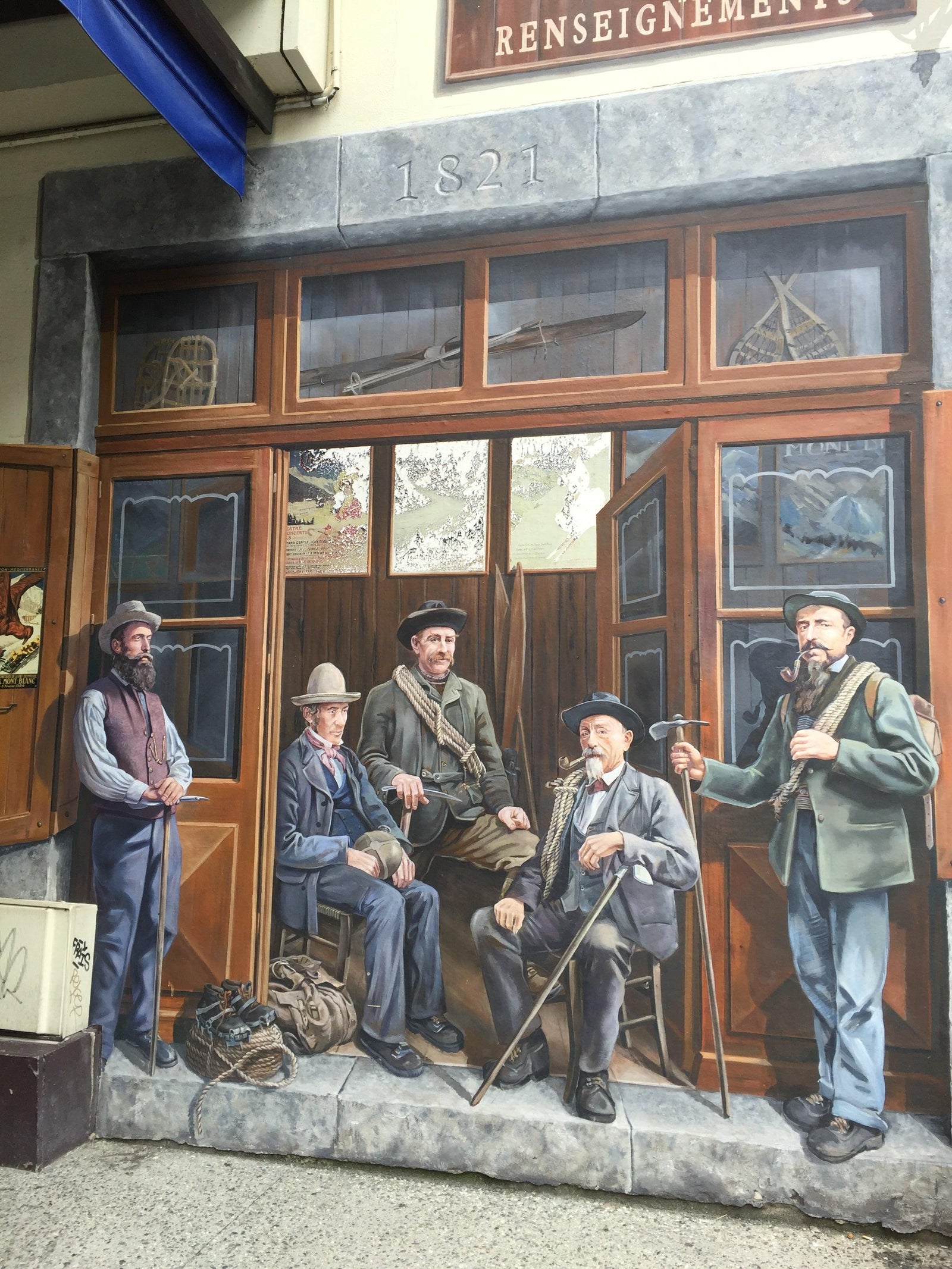Evolution of Gear Through the Years

Whether the year is 3345 B.C. when the Iceman, Otzi, first strapped on a pair of skis, or 1969 when Gore-Tex technology was born, mountaineering fashion is characterized by the struggle, the adventure, the weather, and maybe some Instagram worthy selfies. Although the sometimes harsh conditions and early wake-up calls have stayed consistent throughout time, the clothing sure has not.
The fashion within each time period helps reflect events and how the legendary sport of mountaineering evolved.

Prehistoric Mountaineering Fashion
Otzi the Iceman may very well be the founding father of mountaineering fashion. This early explorer hailed from the Austro-Italian border and decked himself in a cloak made of woven grass, a coat, a belt, a pair of leggings (he was clearly ahead of the time), a loincloth, and shoes, all made from leather of different skins. To top it off, literally, he fancied himself a bearskin cap with a leather chinstrap. His shoes were waterproof and wide, constructed from bearskin soles. For added comfort, Otzi had soft grass inside of them to function like socks. And of course no outfit is complete without accessories. Otzi’s belt had a pouch sewn to it that contained a cache of useful items such as tools and dried plants.

18th Century Climbing: Summiting in Style
Prior to the mid eighteenth century, most of mountaineering was largely endeavored due to war, hunting, traveling, etc. It wasn’t until the discovery of Mont Blanc and the cash reward to the first person to summit it, did modern mountaineering become a sport. After nearly ten years of unsuccessful attempts, two Frenchmen finally peaked over the snowy apex of Mont Blanc in August 1786. These two gentlemen were Jacques Balmat and Michel Paccard- and summit in style they most certainly did. Clad in oversized wool coats, waistcoat, high stockings, and leather boots, they represented the French fashion to a T. Accessorized with just a wooden staff and small ice axe, these French explorers traveled efficiently.
One might ask where they stored their snacks. An excellent question and may allude to the pocket depth technology of the day.

The Golden Age of Mountaineering
The summit of Mont Blanc sparked the Golden Age of mountaineering where searches for summit began worldwide. Adventures to Africa, the Americas, and Asia were all the rage. Due to the international scene, climbing clothing began taking on regional inspiration that sprung from whatever was on hand, and gender.
The typical outfit consisted of several wool layers enough for three men, topped with a straw hat (hello, sun protection), a pair of spectacles, and a gauze veil. This was conforming to the belief that safety lay in wearing as much gear as possible. For ladies, dresses were a social requirement which made climbing mountains a bit of a challenge, but thoughtful women crafted dresses made of light wool or alpaca so they would keep warm in wet conditions. Additionally, they attached a rope that was sewn around the base of the dress that threaded up one side of the skirt so that it could be cinched and raised up at a moment’s notice….hello, drawstring!

Post War Modern Era
One good thing that did come out of WWI and WWII was the development in technology for pieces of gear, like nylon ropes, synthetic fibers and petroleum derivatives that made clothing lighter and more resistant to the elements. Fleece jackets and fuzzy pants were designed to become insulating layers that stay warm even when wet, unlike cotton. It was gear like this that helped make the summit of Everest by Edmund Hilary and Tenzing Norgay in 1953 possible. The invention of GoreTex in 1969 created waterproof coatings and breathable laminates that led to further evolutionary steps in mountaineering fashion.

Mountaineering today
Throughout most of mountaineering history, clothing and gear was an expression of what materials were available and met the social requirements of gender. There wasn’t much of a choice. For most of mountaineering history, people climbed in whatever they could find. As times progressed and new summits were reached, clothing and gear became more specialized.
Today, climbing attire can include anything from leggings and a logo t-shirt for a day trip to the boulder field, or a Gore-Tex coat with touchpad heating gloves for alpine trips. Styles vary across brands, regions, and type of activity. Gear is no longer confined to gender roles in society, but is an open invitation that invites everyone to the summit party.
And how exciting is that?
Want to climb in style this season? Out&Back Outdoor is dedicated to giving you the best deal on top quality gear so you can be outfitted for adventure no matter what climbing era you find yourself in!


